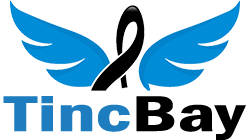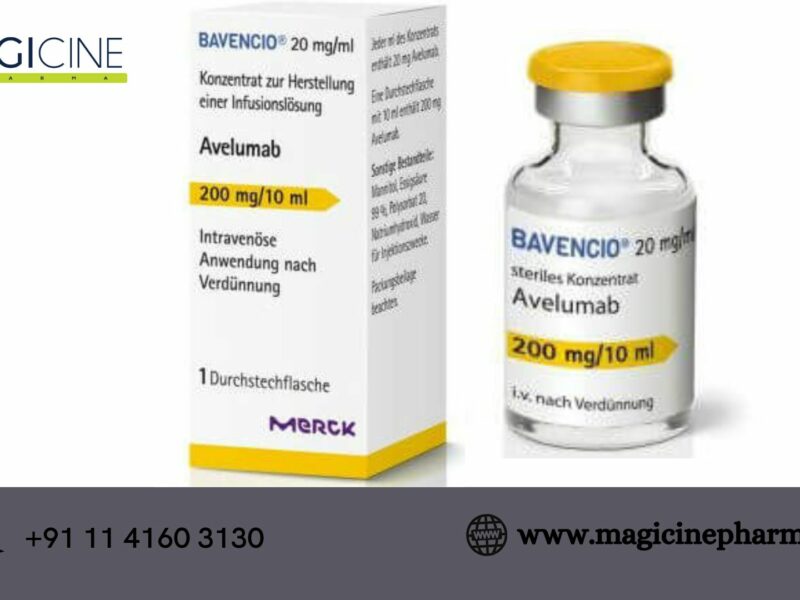One of the most important steps you can take as a small business owner is to get yourself out of the day-to-day operations so you can focus on the things that really matter – whether that is spending more time with the people you love or working on overarching strategic objectives.
Operating a small business isn’t easy. And often the owner-operator becomes the focus of all aspects of the business.
This can have several downsides.
It’s hard for you to focus on your best interests and this can lead to burnout. It can damage your relationships with your family or friends.
It can also hamstring your business because you’re so wrapped up in the day-to-day that you don’t have time to focus on larger projects that will grow the business.
Having an owner-centric business can also make it difficult to sell and affect how much you get in the sale. This is usually called “key person risk.”
You can also check:- Natural Ruby gemstone price
It’s hard to take over a business if you as an individual are essentially irreplaceable. It’s much easier if you have systems and teams in place that a new owner can more easily transition into.
A business that is owner-centric might trade for 2-3X whereas a management-led one would trade in the 5X trade, perhaps as high as 7-8X if it’s particularly well established.
Here’s a look at how to get out of the day-to-day operations of your business.
Identify Your Operational Roles
One of the first steps is to identify all the things you do so you can ultimately delegate those to employees where appropriate.
Start by making a list of all of the things that you do and separate them into categories of daily, weekly, quarterly and annually.
Next, you’ll want to place them in groupings that make sense from an operational standpoint. You could group sending prospect emails, setting up social media ads and calling clients into a “sales,” category, for example.
These groupings will be instrumental as you move forward with assigning these various responsibilities to team leaders.
Create Standard Operating Procedures (SOPs)
You should create standard operating procedures (SOPs) based on all of the tasks that you outlined at the first step of the process. It’s essentially an outline of all the key functions of your business or a checklist of tasks.
You’ll want to create SOPs for everything you do even after you’ve assigned them to a team member so that person’s job can be easily explained to another person.
It can be helpful to have these docs live online in Google Docs or Dropbox so they are easily accessible.
It’s best practice to make consistent-looking SOPs that are easy to understand and, ultimately, implement.
It can be helpful to show the SOPs to people on your team who haven’t completed those tasks to make sure it is clear. You’ve been doing everything all along so the SOPs will always be clear to you.
These SOPs will be instrumental in the event that one of your team members leaves. It should allow you to train someone in their new position quickly and efficiently.
Build a Reliable Team
Next, you’ll want to take these various responsibilities and begin assigning them to the appropriate employees.
Think about everyone’s relative strengths and weaknesses and delegate tasks to those who are able to handle additional responsibility.
Share the SOPs with them and explain any of the tasks that didn’t quite fit on the docs. You’ll have to train them effectively to get them to take over.
You should also have key performance indicators (KPIs) so you can measure what success in that role looks like. You should commit to regular evaluations to check on their progress.
Delegate Effectively
You’ll need to delegate effectively if you want to be taken out of the day-to-day operations of your business.
The first step is figuring out what you need others to do. That’s basically what we’ve been talking about above.
Next, you’ll want to choose wisely when selecting the appropriate person. Everyone has different strengths and you should give them tasks that play to their abilities.
If a person says they aren’t good with numbers, don’t put them in charge of accounting, obviously.
You need to trust whomever you choose so that they can complete the tasks.
You should also make certain that they understand your expectations and how you intend to measure success.
You can also check:- Original Panna stone price
Embrace technology and automation
Don’t forget about embracing technology and automation. This can be incredibly helpful for many small businesses.
Here are some common areas to focus on:
- Sales and marketing: Marketing software can help small businesses reach customers on multiple channels, generate leads and how customers interact with your materials.
- Finance and accounting: There are options to help automate financing and accounting to speed up processing times and reduce costs as payments are tracked automatically.
- Human resources: This can help streamline talent acquisition by sourcing candidates and scheduling interviews.
Conclusion
Stepping away from the day-to-day operations of your business will let you focus on bigger-picture items like focusing on growth. It will give you time to measure progress and track KPIs.
It will also help you to maintain a reasonable work-life balance and not burn out.
You’ll need to lay out all of the tasks that you do and assign those to team leaders who can oversee those components.
You can also check:-
Creating SOPs will let you systematize all the elements of your business making it easier to make staffing changes.
This transition will also help you ultimately sell the business by removing the key person risk of having the whole operation centre around you.
This will also increase the price you get if you choose to sell so you’re free to pursue your next opportunity – whether that is retiring or starting something new.
Getting yourself out of the day-to-day operation is a crucial step in the life of any business.
























